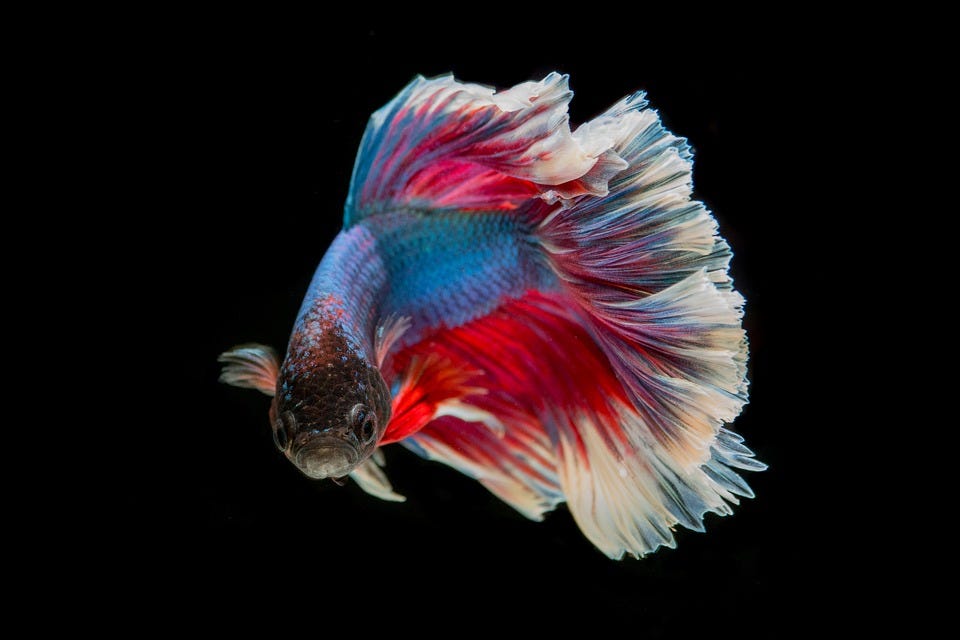Fish For Speed Mac OS
Fish includes some popular aliases and commands which can be seen by typing fishconfig, things like the everpopular ll and la aliases, but the real magic is with the intelligent autosuggestions and autocompletions, which use shell history to predict what you want to do and to aid recall in some of the most obscure commands without grepping around in bashhistory. Fish Fillets is strictly a puzzle game. The goal in every of the seventy levels is always the same: find a safe way out. The fish utter witty remarks about their surroundings, the various inhabitants of their underwater realm quarrel among themselves or comment on the efforts of your fish. The whole game is accompanied by quiet, comforting music. After that, a few days of testing and finally the big day of release. Today we are glad to present you the Need for Speed Rivals Mac OS X, available for Mac OS X devices. Updated September 2018: Need for Speed Rivals OS X has been included in the Top 5 action games for Mac, because of the large number of downloads. Also, it saves loads of time when trying to install the operating system itself on the shiny new external drive. To start the install, simply select the aptly named item in the Mac OS Utilities list, click continue, and you're off! There's a list item for the disk utility as well, so getting to it should be no problem at all.
- Fish For Speed Mac Os Catalina
- Download New Mac Os
- Fish For Speed Mac Os X
- List Of Mac Os Versions
- New Mac Os 11
Most improvements in macOS High Sierra are not immediately visible to the ordinary macOS user. Especially under the hood many improvements have been made in the area of performance and safety. Some users experience a slow Mac after installing MacOS High Sierra

With the following 10 Terminal Commands you can speed up macOS High Sierra. The commands disable various delays and animations from that standard built by Apple. These are nice, but not necessary for the Mac

Open Terminal, which you can find in the folder: Applications ▸ Utilities. Copy and paste the following command either in the Terminal window. Press enter to apply this
macOS user interface
1. Disable animations when opening and closing windows.
defaults write NSGlobalDomain NSAutomaticWindowAnimationsEnabled -bool false
2. Disable animations when opening a Quick Look window.
defaults write -g QLPanelAnimationDuration -float 0
3. Accelerated playback when adjusting the window size (Cocoa applications).
Fish For Speed Mac Os Catalina
defaults write NSGlobalDomain NSWindowResizeTime -float 0.001
4. Disable animation when opening the Info window in Finder (cmd⌘ + i).
defaults write com.apple.finder DisableAllAnimations -bool true
5. Disable animations when you open an application from the Dock.
defaults write com.apple.dock launchanim -bool false
6. Make all animations faster that are used by Mission Control.
defaults write com.apple.dock expose-animation-duration -float 0.1
7. Disable the delay when you hide the Dock
defaults write com.apple.Dock autohide-delay -float 0
Mail applicatie
8. Disable the animation when you sending and replying an e-mail
defaults write com.apple.mail DisableReplyAnimations -bool true
defaults write com.apple.mail DisableSendAnimations -bool true
Safari
9. Disable the standard delay in rendering a Web page.
Download New Mac Os
defaults write com.apple.Safari WebKitInitialTimedLayoutDelay 0.25
Fish For Speed Mac Os X
10. The keyboard react faster to keystrokes (not equally useful for everyone
defaults write NSGlobalDomain KeyRepeat -int 0
When the commands are conducted in macOS Terminal, you need to reboot your Mac. After re-login you will notice that your Mac responds smoother.
Undo changes
If you want any of the above commands undo than is possible using the defaults delete command.
defaults delete domain key
Example: To undo the adjustment number 10, type the command:
List Of Mac Os Versions
defaults delete NSGlobalDomain KeyRepeat
New Mac Os 11
After undoing, you need to restart your Mac.